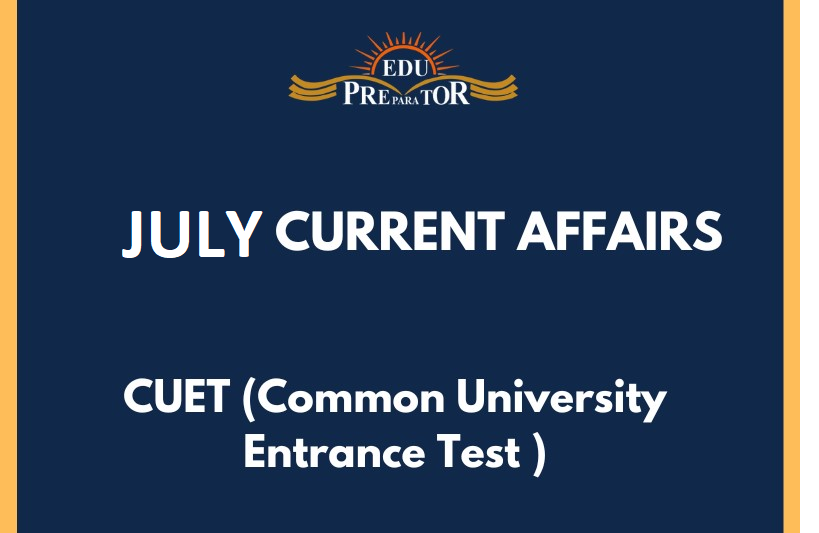
Unravelling the Cultural Revamp
An Insight into Project PARI & WHC's 46th Session
Introduction to Project PARI
- Project PARI (Public Art of India) is a novel initiative recently rolled out by the Ministry of Culture aimed at promoting and preserving Indian traditional arts.
- This project was unveiled during the 46th Session of the World Heritage Committee Meeting held in New Delhi.
- The inception of Project PARI intends to revive the glory of India's artistic heritage, focusing on folk art/sculptures (lok kala/lok sanskriti) blended seamlessly with contemporary themes and styles.
The Artistic Endeavor and Aspirations of Project PARI
- Over 150 visual artists from various parts of the country are invited to display their craftsmanship through various artworks such as wall paintings, murals, sculptures, and installations.
- This art-progression targets the beautification of public spaces in the capital city, Delhi.
- The envisioned sculptures are expected to pay tribute to multifaceted themes such as nature, Gandhian ideology, Indian toys, ancient knowledge systems, Natyashastra (ancient Indian treatise on performing arts), the concept of Naad (primaeval sound), the harmony of life, and the divine tree, Kalpataru.
An Overview of the World Heritage Committee (WHC)
- The World Heritage Committee (WHC) is responsible for making vital decisions concerning the inscription of new sites into the renowned UNESCO World Heritage List.
- The Committee's 46th session marked India as the host for the first time and slated to continue in July 2024.
- India presently boasts 42 UNESCO World Heritage Sites, with the recent addition being the 'Sacred Ensembles of the Hoysala'. These encompass 34 cultural sites, seven natural landscapes, and one mixed site.
Significance and General Knowledge
- Project PARI emphasises the mainstreaming of indigenous art forms, thereby aiding to conserve and promote India's rich cultural heritage.
- It can boost domestic and international tourism in Delhi and provide livelihood opportunities for artists.
- The WHC's decision to let India host its prestigious meeting for the first time validates India's growing influence and recognition in conserving global heritage.
- Knowledge of India's 42 UNESCO World Heritage Sites, their location, and features would be key information for aspirants of government exams.



Comments
Nam cursus tellus quis magna porta adipiscing. Donec et eros leo, non pellentesque arcu. Curabitur vitae mi enim, at vestibulum magna. Cum sociis natoque penatibus et magnis dis parturient montes, nascetur ridiculus mus. Sed sit amet sem a urna rutrumeger fringilla. Nam vel enim ipsum, et congue ante.
Cursus tellus quis magna porta adipiscin
View All